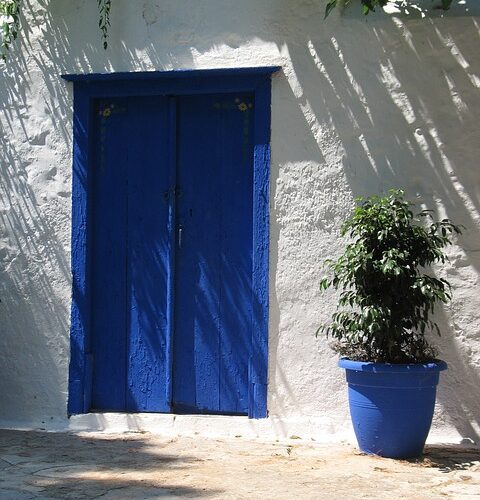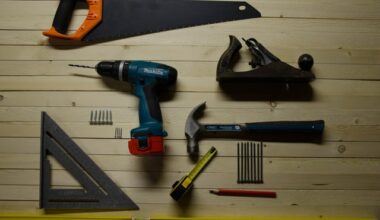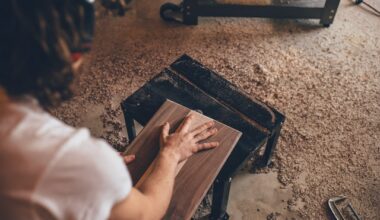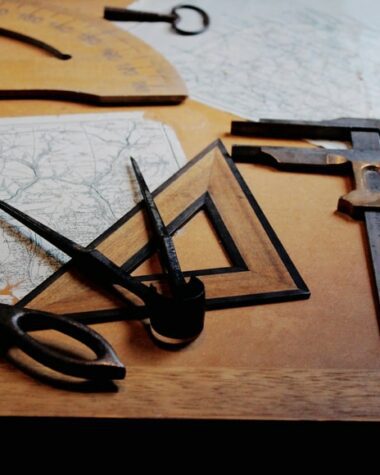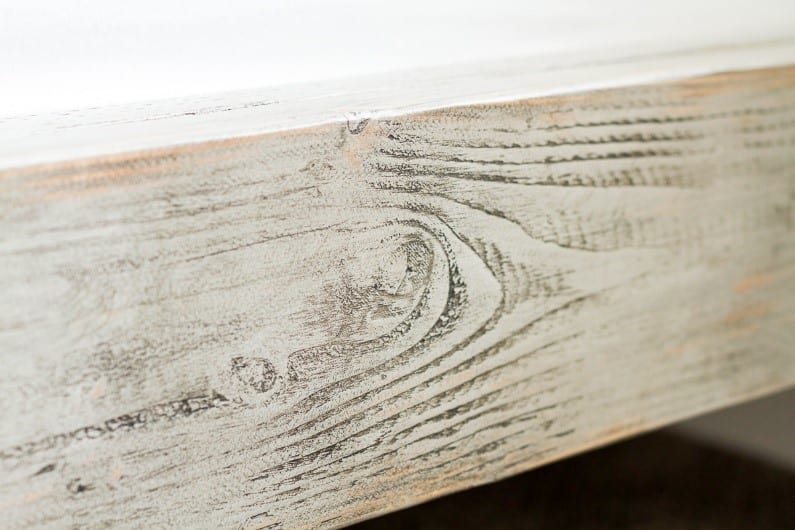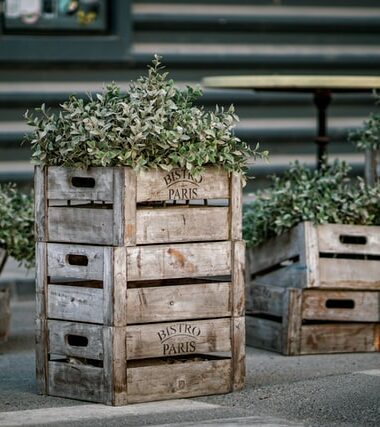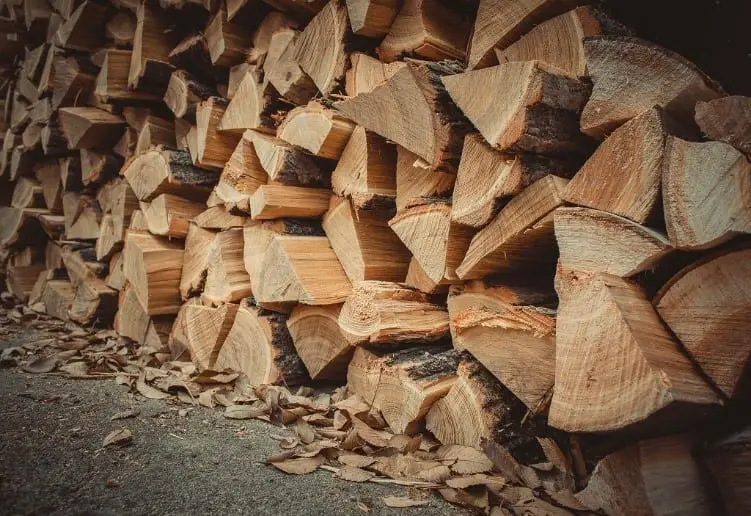Wood has its beauty but if you want to give it a new look you can consider stucco. People often ask if stucco can be done on wood and the answer is yes! The next question arises, how to stucco over wood? Is it the same process as masonry walls or does it involve different steps of application? For those who are not familiar with stucco, it is a construction material that’s used as a decorative coating. Stucco is made of aggregates, sand, lime, binder, and water. It is applied wet and dries to give an uneven, sculptural, artistic finish.
Stucco is mostly used on walls, especially exteriors, and has been there for centuries. Stucco can be found on historical buildings. This material can also be used on wood surfaces like trims, doors, windows, walls, to render an eye-catching new finish. Many people consider using stucco as a solution to mold and mildew, or to fireproof wooden panels. However, if stucco is not applied correctly it can give an unpleasant look. If you are considering putting a layer of stucco on wood it is better to take some pro-tips about how to stucco over wood.
Application of stucco on wood is not that difficult but it takes time and patience to do the job well. If you want to get it done the right way, follow these steps to get a gorgeous stucco finish.
Step-1

Wood surfaces are usually smooth and lack the roughness that’s needed to hold the stucco. So, before you know about how to stucco over wood, remember, you cannot apply stucco directly on the wood. The wood will need to be covered with something that will be able to bear the weight and support mortar used for stucco. The most commonly used material is felt and metal netting. 17 gauge metal netting works well to hold the mortar properly.
Sandwiching a layer of felt with a perforated metal sheet or metal lath is the ideal way to begin. Use galvanized roofing nails to attach metal lath to the wood siding. Cover the entire surface with roofing felt and nail it down to fix it. Start from one and move to the other gradually. Add another layer of metal netting on top and fix it with nails.
Step-2

The next step involves mixing the stucco for the scratch coat. Wear your gloves and working clothes and boots as this process can be messy. Mix the stucco in a large barrel or a wheelbarrow as convenient. If you are using premixed stucco follow the instructions on the package to determine the right amount of water. Stir the mixture thoroughly to get a uniform consistency which can be picked up and applied with a trowel. Here’s a pro-tip of how to stucco over wood – an excessively liquid consistency will make your stucco sag. So, measure the water carefully following instructions. It is better to add little water at a time as you prepare the mortar.
You can also create your own mortar with cement (Type I Portland cement), plaster sand, and hydrated lime. Mix it with cool water. An ideal day to work with stucco is when there’s an overcast sky with low wind. The best working temperature is 50 to 60ºF (10–16ºC). Temperature ranges below or above the range may dry, heat up, or harden the stucco.
Step-3

When the stucco mix is ready, add the first coat or what is commonly known as the scratch coat. This will create a layer for the stucco to adhere to. Use a trowel to apply a thin coat of the mixture on the entire surface covering the felt and the metal netting. Keep the thickness at ¼ inch to ½ inch. Push the mortar into the netting so that the gaps are filled and the mortar sticks out through the netting. Comb it with a plaster rake. It will create a solid base that will keep the drying mortar in place.
After the mortar dries slightly, take a plaster rake and score around 1/8 inch through the mortar.
Step-4

Let the mortar sit until it dries. It can take a couple of days depending on the weather conditions. While it is drying, cure it by misting the surface periodically with water. This is an important step as stucco that cures gradually with added moisture, wraps, or cracks the least.
Step-5

When the curing is complete, the next step is to apply the final coat. In case you are planning to color the stucco, it’s now that you should mix the pigment of your choice. Mix the pigment with the mortar and stir it well to combine it uniformly. To start applying the final coat of stucco you will need a flat finishing trowel. Mix a batch of mortar and apply a thin coat of about 1/8 inch to 1/4 inch. To create surface texture, vary the angle of the trowel and the pressure of application.
Step-6

Once you have applied the final coat on the entire surface, you can also use a plaster rake to give the stucco desired texture and finish it. Allow the topcoat to dry for a few days, again misting it periodically. You can either leave your stucco as it is or paint it. In that case, wait for at least six weeks before painting the stucco.
Some Things to Consider Before Using Stucco Over Wood
Don’t jump into a stucco project right away if you know how to stucco over wood. If your purpose is to add a unique look to a wood panel stucco can be a wonderful way to get one. However, if you are considering undertaking a stucco project over wood as a solution to mold and mildew, it may not be the best option. Covering wood with mortar does not solve such issues and the structure of the wood may grow weaker inside over the years.
Aftercare of Stucco
Clean the stucco at intervals to keep the surface looking clean and appealing. That will also help you see any cracks that are developing on the surface.
When you know how to stucco over wood, it is an achievable DIY but it is a time taking, messy, and large undertaking. If you are keen to give it a try, there’s no harm in trying it!
